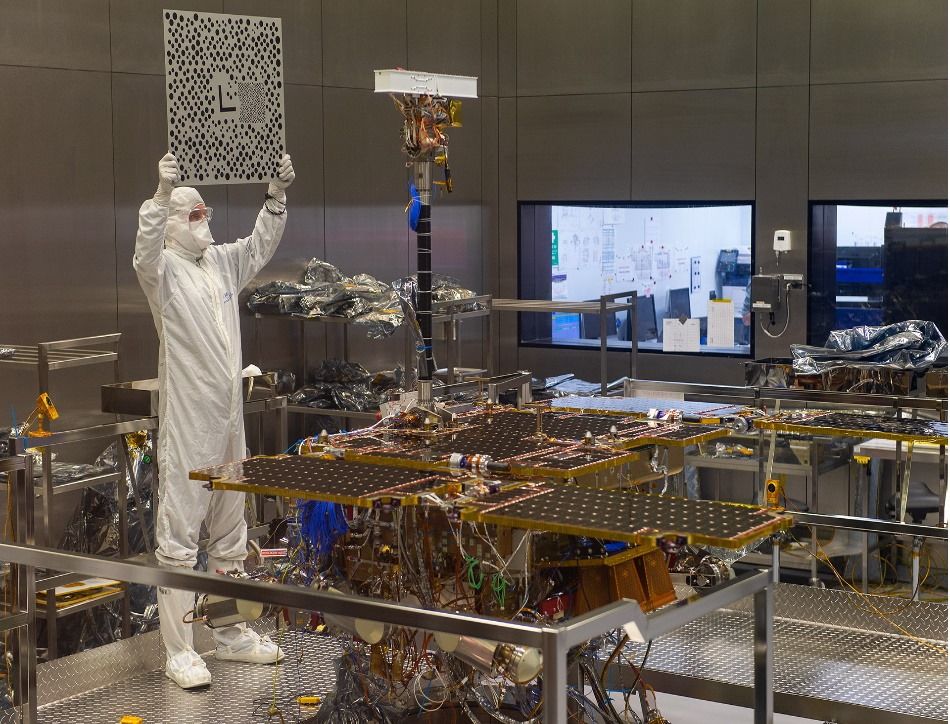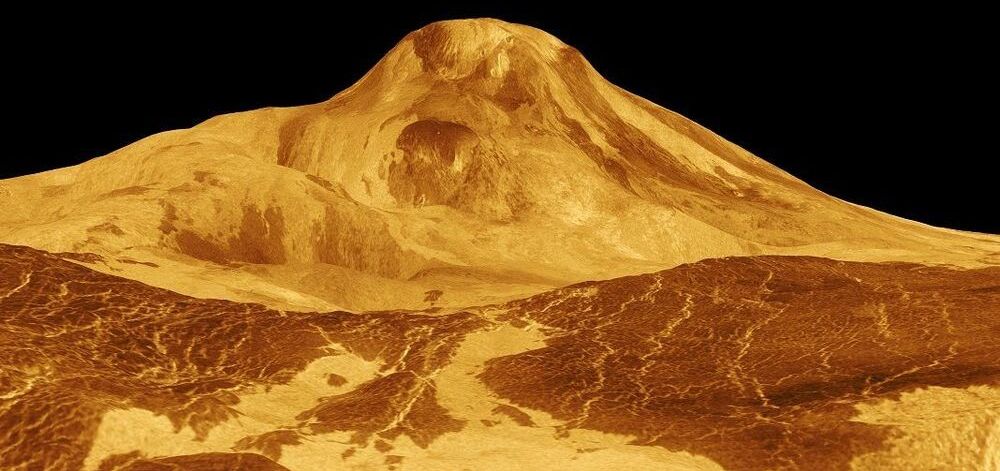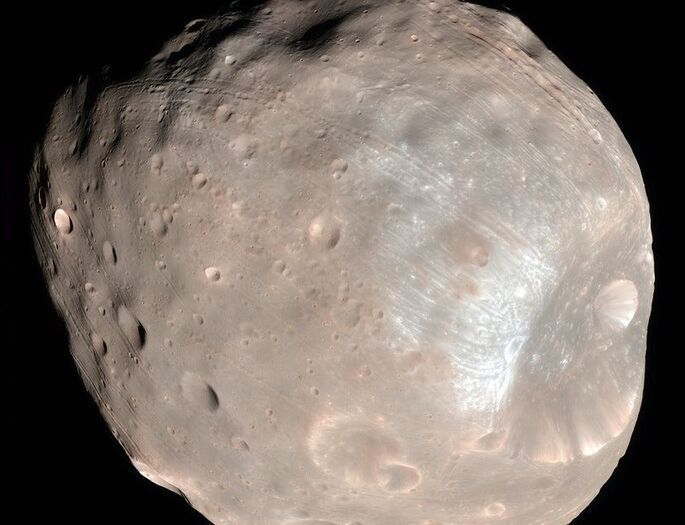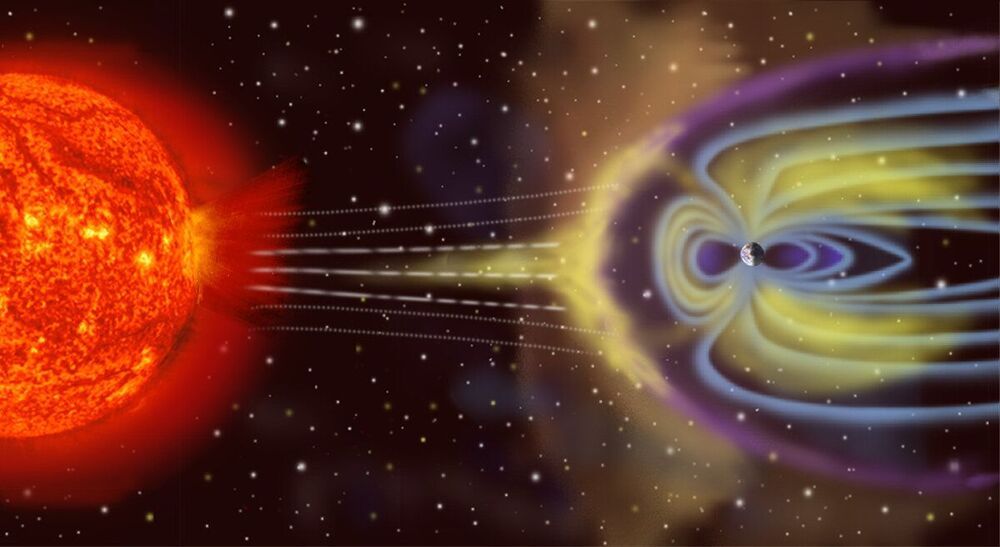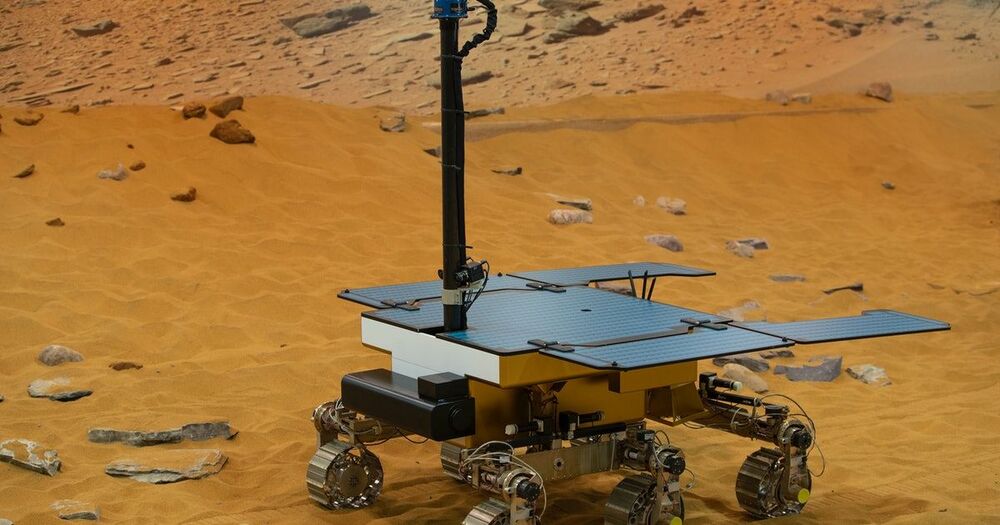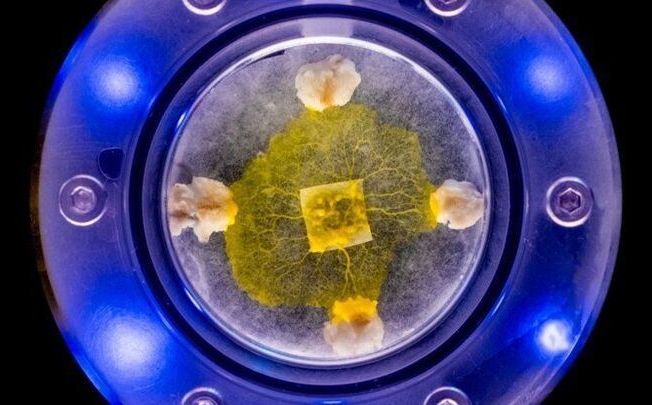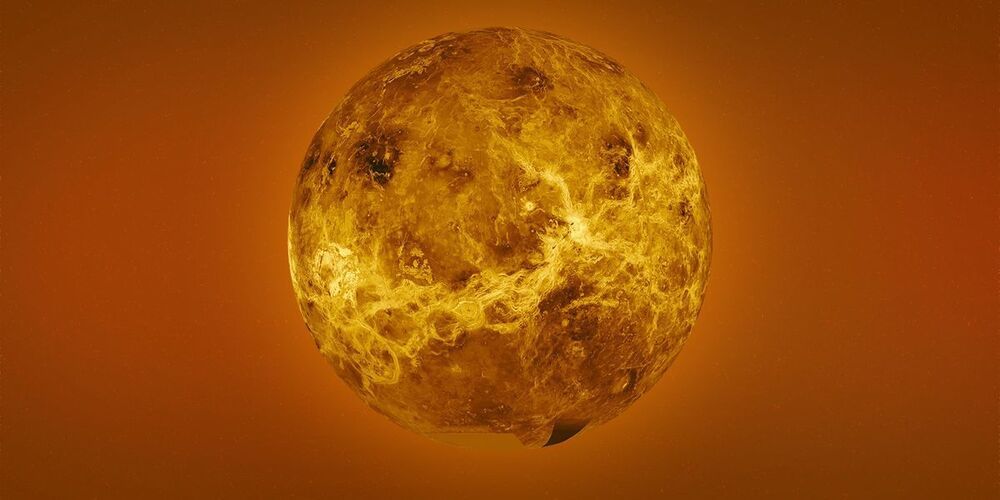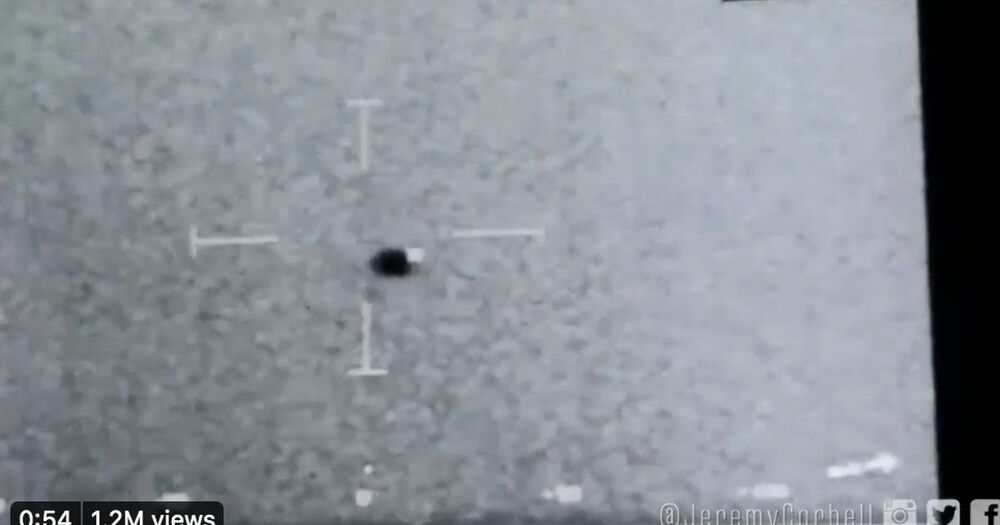Sun, Jul 11
This event is part of Summer Science 2021.
The ExoMars rover is due to launch in 2,022 and will travel across Oxia Planum on Mars drilling for signs of life.
Join Professor John Bridges of the University of Leicester and colleagues to explore the advanced engineering and UK led science behind this exciting mission, and how researchers hope to check if there was once ancient life on Mars.
